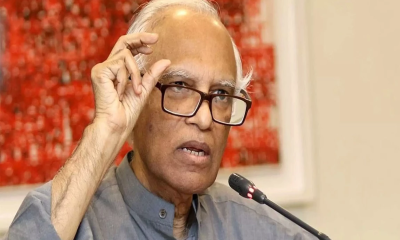In response to the country's expanding needs, a modern, environmentally-friendly seaport is being created in South Bengal. Payra Port's operations began on November 19, 2013, with the prime minister unveiling the foundation stone. When the infrastructural work was confirmed, the seaport officially began its journey on August 13, 2016.
The construction of a container terminal, bulk terminal, multipurpose terminal, passenger terminal, water treatment facility, power plant, modern city, airport, and economic zone are among the 19 component works currently ongoing. All of these development efforts are underway, with the goal of transforming Payra into a world-class modern port by 2023 and a thriving economic hub by 2035.
Since its inception, the port has been conducting certain operational enterprises, including a restricted range of import-export activities. A revenue of Tk 354 crore has been generated from the operation of 169 foreign merchant ships. A memorandum of understanding (MoU) was signed with Jan de Null, a Belgian dredging business, for capital and maintenance dredging on the port's main channel.
This is the country's first project agreement involving the Bangladesh Infrastructure Development Fund. In terms of nature and geography, a wide shipping-friendly area within five kilometres of the Rabnabad Channel's port in Kalapara upazila of Patuakhali is a viable area for the seaport. Furthermore, there is a large amount of undeveloped area available for port development and extension.
The Payra Seaport Project will be generating a variety of jobs in the EPZ, SEZ, ship-building and repair industries. The establishment of new industrial zones would provide employment to people in neighbouring districts such as Barishal, Patuakhali and Bhola, which are next to the port.
There are over a hundred ship-building factories in Bangladesh and the industry itself is fast-paced. Bangladesh's market share in the global ship-building sector, on the other hand, is around USD 400 billion. If this sector develops around the Payra Port, we believe Bangladesh will soon be the world's second-largest exporter.
Because transportation and supply of commodities is easier and cheaper than by road, this port will be able to make a substantial contribution to the supply of cement clinker and food grains in Khulna and Madaripur through Barishal.
Through cooperative partnerships between Bangladesh, Myanmar, India, and China, an economic corridor is being created in the interest of South Asia's general economic development. Because it is a port developed near the sea, other countries will be interested in using the transit services. Payra Port has the potential to become one of the most important ports as a Silk Road transit hub, due to its geographic location.
By connecting the Padma Bridge, the government plans to build a four-lane road from Barishal to Kuakata beach via Patuakhali. As a result, the country's internal communication will be enhanced through the Payra Port. It will thereafter be connected by rail to Dhaka and other areas. Currently, there are two shipping routes from Payra Port to other areas of the country.
For the purpose of establishing air communication, an airport will be built under the supervision of the Ministry of Aviation and Tourism. As a result, the Payra Port will become a hub for economic development of all kinds.
One of the project's goals is to keep the water level at 6.3 metres. By removing roughly 9.75 million cubic metres of silt from the 75-kilometre-long channel and 100-125 metres from the Rabnabad (inner and outer) channel, the channel will be kept at a depth of 7.3 metres. The channel's depth will be extended to 10.5 metres once the capital and maintenance dredging is completed. This will facilitate the transit of large ships and assist the port in establishing economic corridors in the country's south-western region. The port will be able to accept large commercial boats with a capacity of 3,000 TEU or 40,000 BWT of cargo once the dredging is completed in 2023.
The country's foreign trade will develop and new economic horizons will open up if the port is properly realised through these operations. New industries will be established in the area surrounding the port, infrastructure will be created, and trade and commerce will flourish. This will create a large number of jobs for the underprivileged in the country's south, and the port's activities will benefit the rest of the country, too.
It is expected that the development of this port will substantially stimulate the economy, resulting in a 2 percent GDP increase. As a result, the country will make progress towards constructing the "golden Bengal" of Bangabandhu Sheikh Mujibur Rahman's dreams, and this port will play a key part in achieving a wealthy and prosperous Bangladesh free of hunger and poverty by 2041.
This article was originally published in the Daily Star.
Khalid Mahmud Chowdhury is the state minister of shipping for Bangladesh.







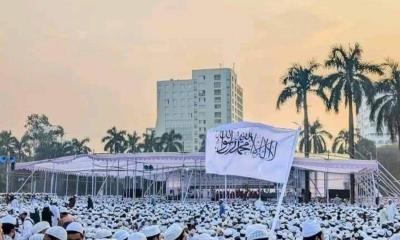


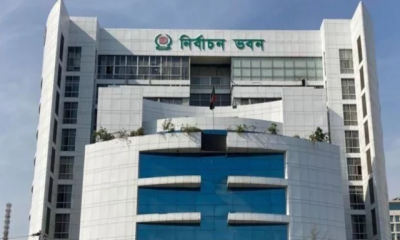


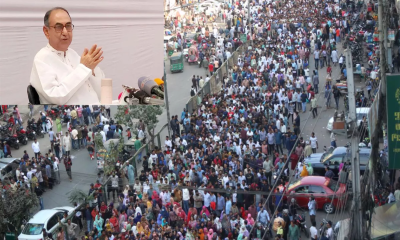
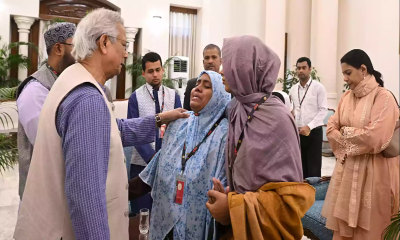
-20251213120612.webp)
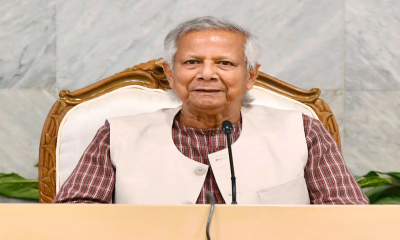
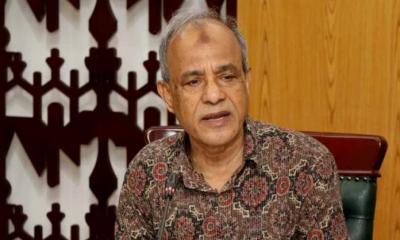
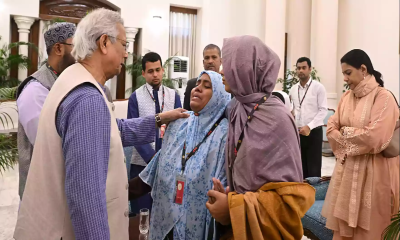


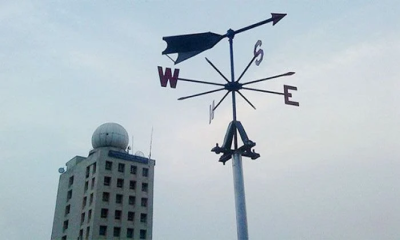
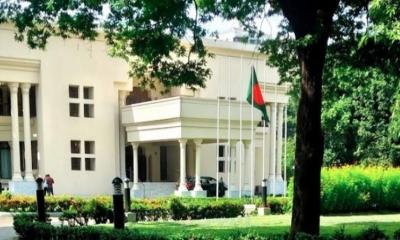

-20251212132043.webp)


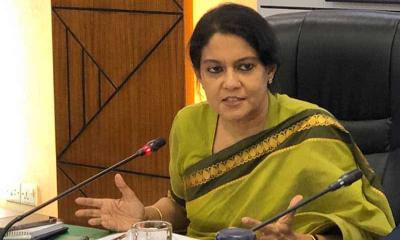
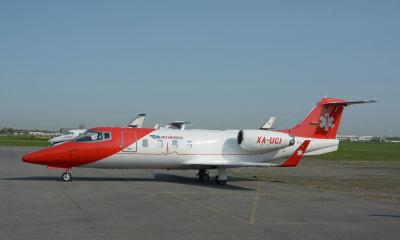
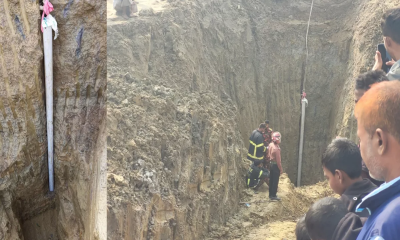



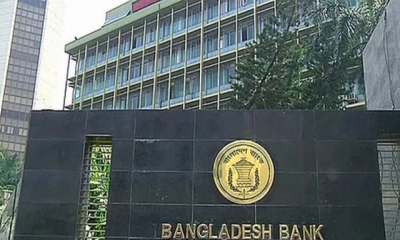

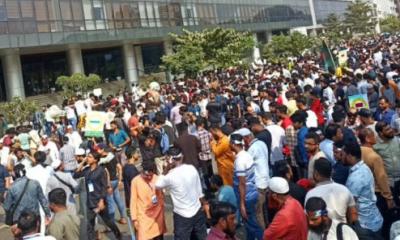
-20251207131533.jpg)

